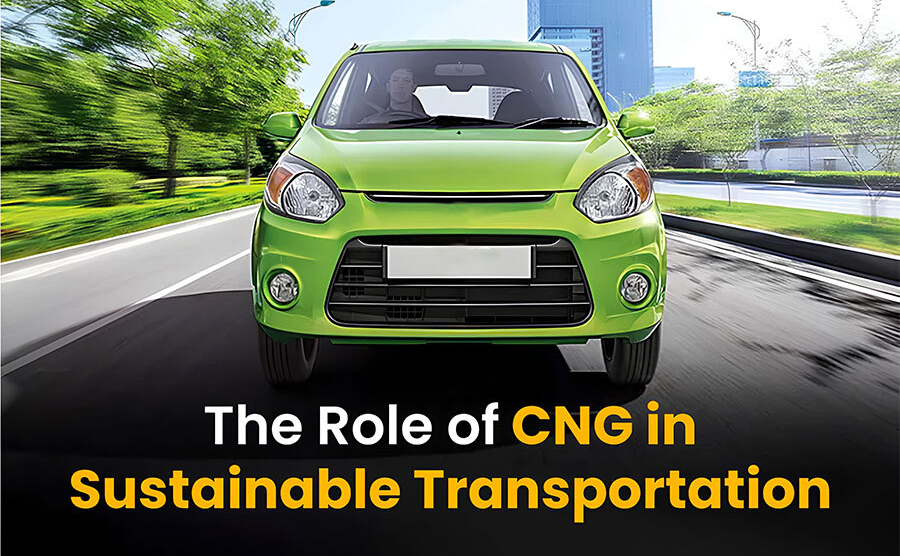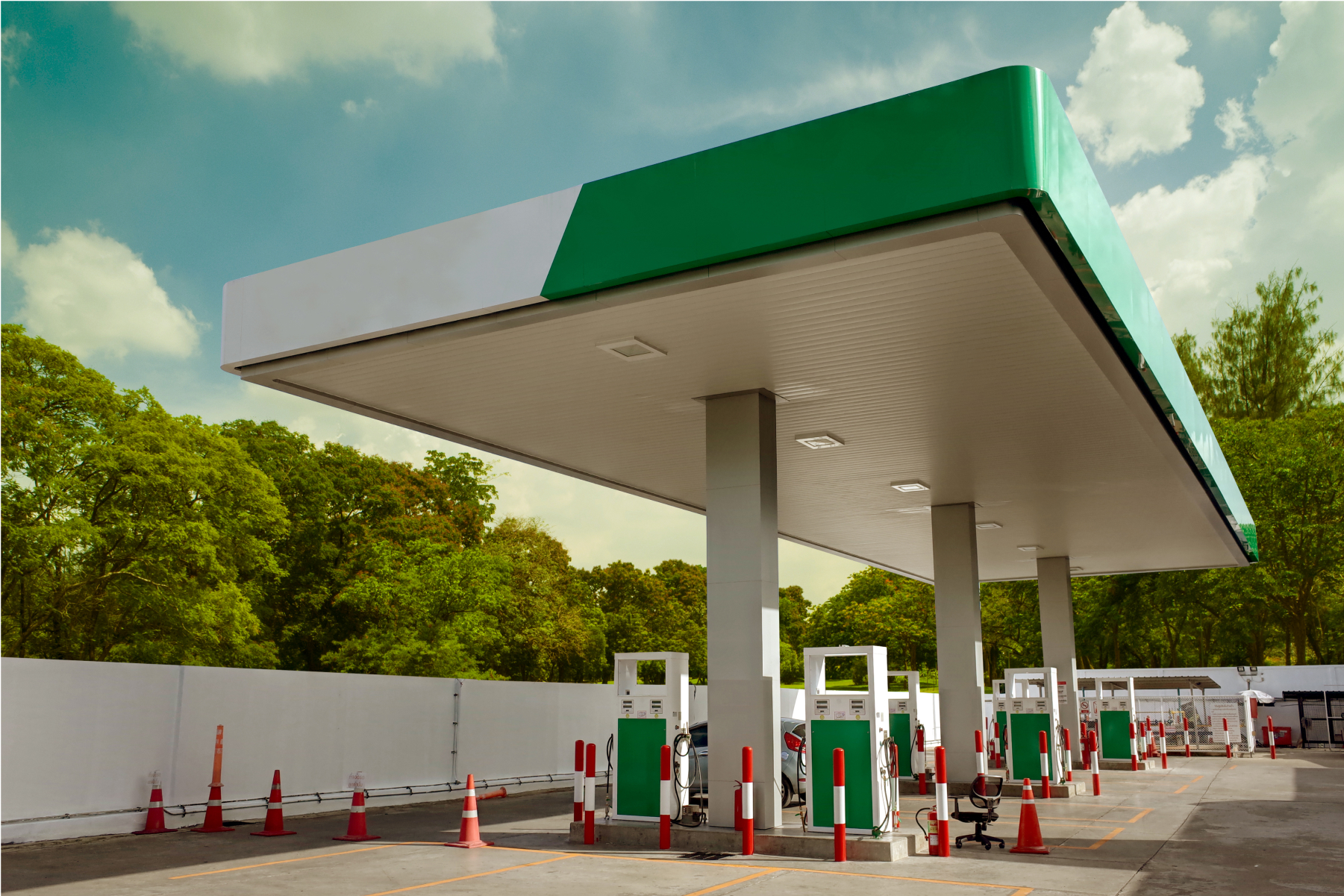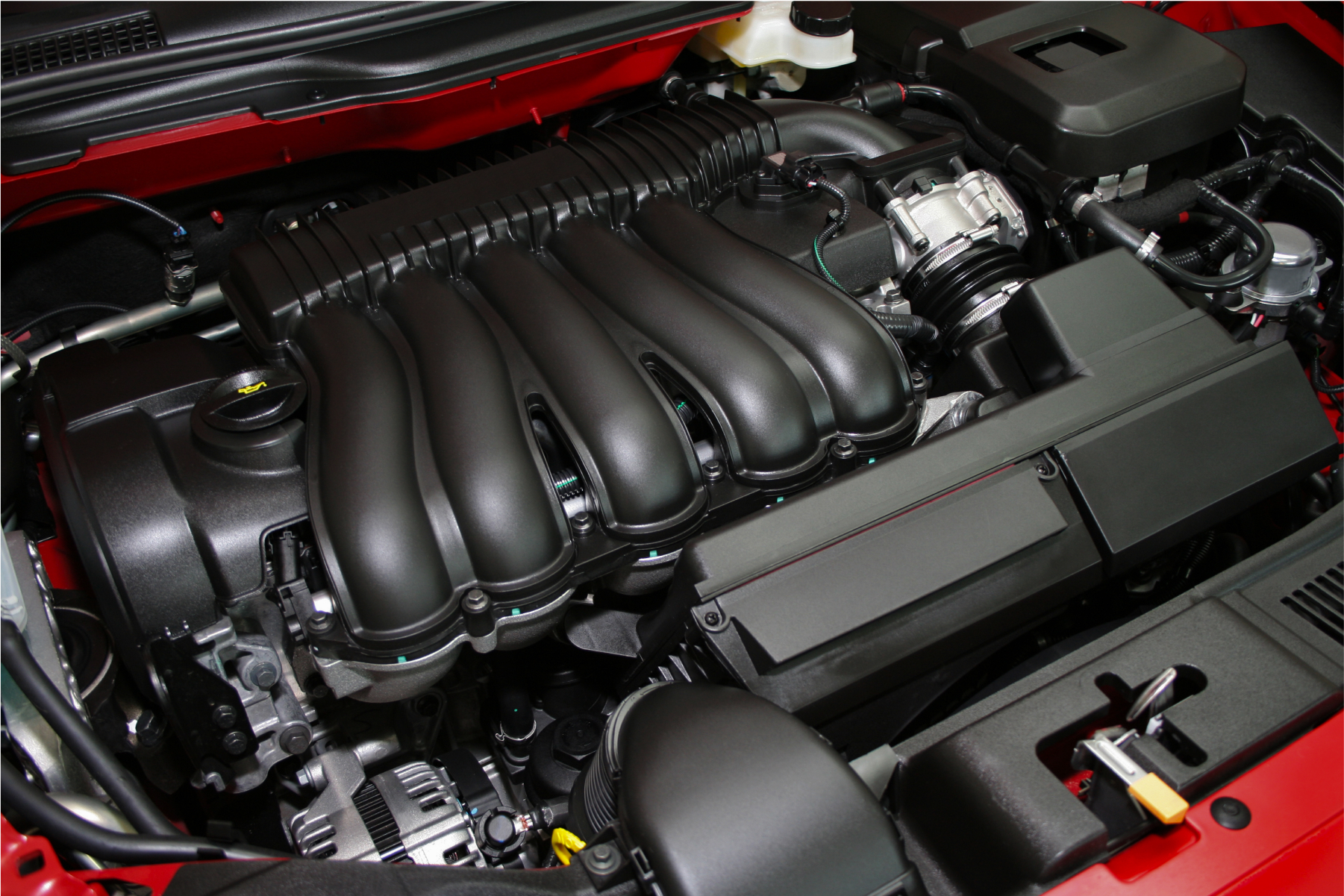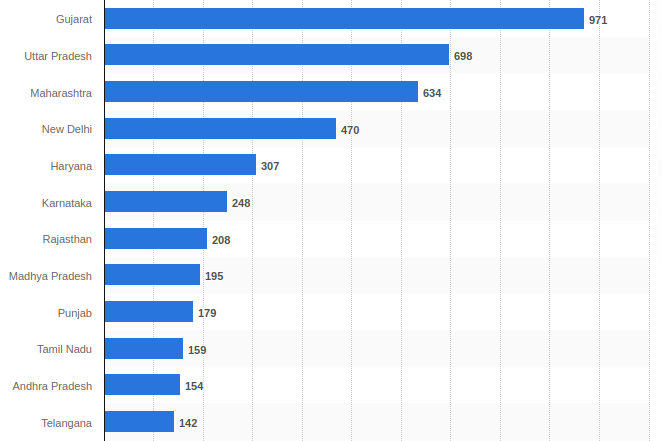
The Role of CNG in Sustainable Transportation
In recent years, there has been a growing emphasis on sustainable transportation solutions to reduce carbon emissions and combat climate change. One of the significant contributors to air pollution and greenhouse gas emissions is the transportation sector. As a result, alternative fuel options such as compressed natural gas (CNG) have gained traction as a cleaner and more environmentally friendly alternative to traditional fuels. CNG is a readily available, cost-effective, and cleaner-burning fuel that has the potential to play a pivotal role in sustainable transportation.
Benefits of CNG in Transportation

The use of CNG in transportation offers several benefits, both for the environment and for individuals. Firstly, CNG produces significantly lower emissions compared to conventional gasoline and diesel fuels. It produces lower levels of carbon monoxide, nitrogen oxides, and particulate matter, creating cleaner air and reducing the impact of climate change. Moreover, unlike traditional fuels, CNG does not contain sulfur or lead, further reducing harmful emissions.
Additionally, CNG is domestically abundant in many regions, making it a more sustainable and secure option for countries looking to reduce dependency on imported oil. This not only strengthens energy independence but also helps stabilize fuel prices within the country.
CNG-powered vehicles also tend to have lower operating costs due to the relatively stable CNG prices compared to gasoline and diesel. With the abundance of natural gas reserves, the accessibility and availability of CNG refueling stations are increasing, making it more convenient for consumers to adopt CNG vehicles.
CNG Infrastructure Development

The development of a robust CNG infrastructure is crucial for the widespread adoption of CNG in transportation. Governments and private stakeholders must collaborate to establish an extensive network of CNG refueling stations to support the growing demand for CNG vehicles. Incentives and subsidies can be offered to encourage businesses and individuals to invest in the construction of refueling stations, allowing for seamless travel across regions without the fear of running out of fuel.
Technological Advancements in CNG Vehicles

Advancements in technology have played a critical role in enhancing the performance and efficiency of CNG vehicles. Engine design improvements and optimization have resulted in better fuel economy, increased range, and reduced emissions. Manufacturers are investing in research and development to further improve CNG vehicle technology, making them more appealing to consumers.
Moreover, dual-fuel systems, which allow vehicles to run on both gasoline and CNG, provide flexibility and alleviate range anxiety, addressing one of the concerns of potential CNG vehicle owners. This transitionary technology allows drivers to switch between fuel sources, making CNG adoption more practical and viable.
Challenges and Solutions for CNG Adoption

While CNG has numerous advantages, there are challenges that hinder its widespread adoption. One of the significant barriers is the higher upfront cost of CNG vehicles compared to conventional ones. However, this cost difference can be mitigated through government incentives, subsidies, and tax breaks for purchasing CNG vehicles.
Another challenge is the limited availability of CNG-refueling infrastructure in many areas. Building more refueling stations and encouraging private investments in this sector will address this issue. Governments should foster partnerships with private entities and offer incentives to extend the reach of CNG refueling stations.
Future Outlook for CNG in Sustainable Transportation

The future outlook for CNG in sustainable transportation is promising. As governments and consumers prioritize environmental sustainability, there is an increasing demand for clean and efficient transportation alternatives. CNG’s lower emissions, domestic availability, and growing infrastructure make it an attractive option for individuals, businesses, and public transportation providers.
Furthermore, advancements in technology and continuous research and development efforts will contribute to the improved performance, range, and efficiency of CNG vehicles. As the technology matures, the costs associated with CNG vehicles are expected to decrease, making them more economically viable for a wider range of consumers.
Conclusion
Compressed natural gas (CNG) has emerged as a key player in sustainable transportation. Its lower emissions, domestic abundance, and growing refueling infrastructure make it an attractive alternative to conventional fuels. While challenges such as higher upfront costs and limited infrastructure hinder its adoption, government support, technological advancements, and increased public awareness will drive CNG’s future growth. With sustainable transportation being a global priority, CNG will continue to play a vital role in reducing emissions, improving air quality, and contributing to a more sustainable future.
